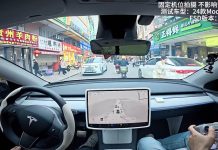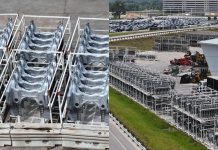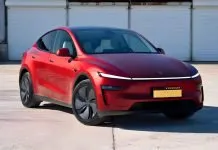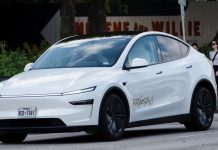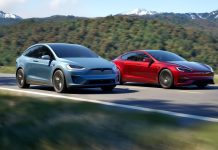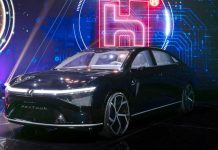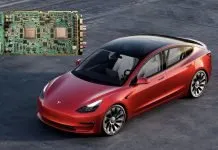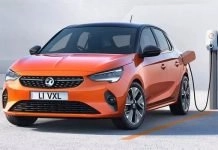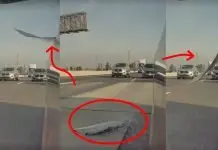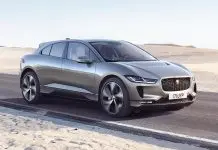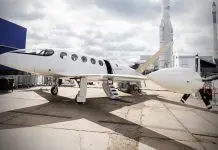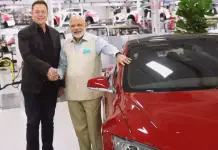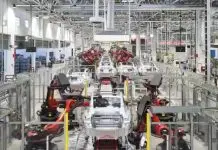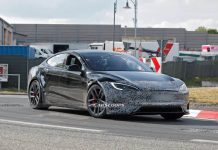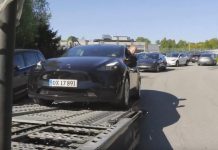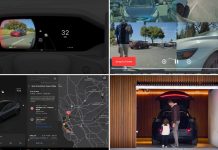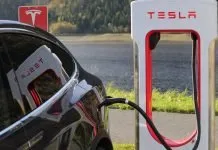Two top-tier Tesla executives have revealed the battery-pack details of the most-awaited Cybercab in a recent interview. The executives confirmed Elon Musk’s timelines and goals, showing they are serious about what’s next.
This news comes at an important time for the automaker, as Tesla works to rebuild excitement, investor faith, and confidence in the company’s future. From first impression of range to its-and-bits of futuristic design, here’s a closer look at what Tesla’s planning ahead!
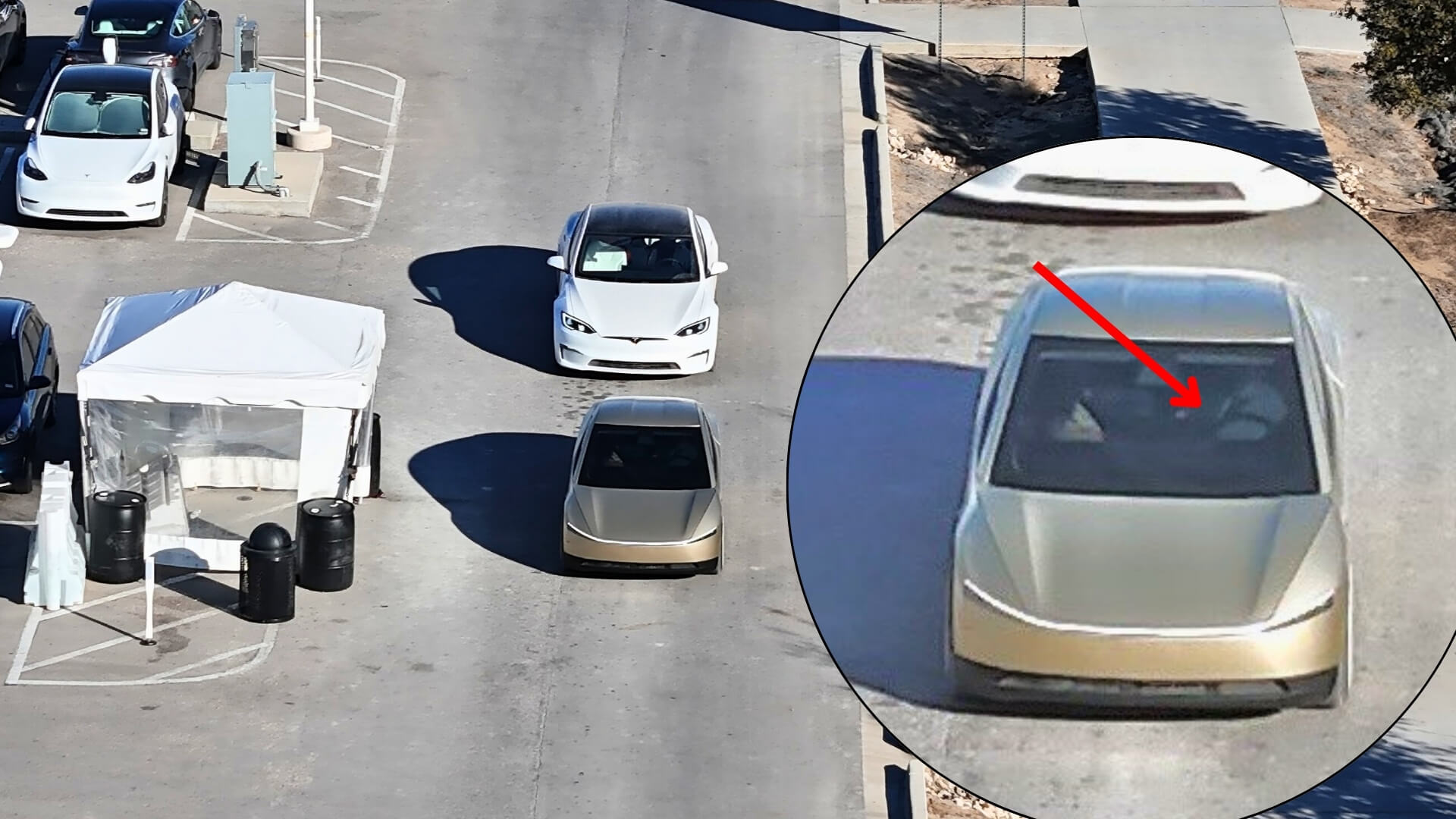
Tesla Robotaxi Latest Big Reveal
Franz Von Holzhausen, Tesla’s head of design, and Lars Moravy, the company’s VP of engineering, are both earnest names to talk about Tesla’s future products. In a recent interview with teardown expert Sandy Munro, they shared critical news and gave a closer look at Tesla’s upcoming plans.
Small Battery, Big Performance
According to them Tesla’s Cybercab will come with a battery pack smaller than 50 kWh, yet promising an impressive 300 miles range. How?
The secret lies in Tesla’s relentless focus on battery technology, aerodynamics, and lightweight construction.
The Cybercab’s sleek teardrop shape, narrow rear profile, and smooth surfaces work together to minimize drag. Add in innovative aero wheel caps and a minimalist structure, and you get a vehicle that sips energy rather than guzzling it.
Tesla’s design chief, Franz von Holzhausen, explained a bunch of details about the futuristic but elegant teardrop shape and early prototypes certainly seem to confirm that. He also mentioned that the shape of the EV doesn’t make it unattractive and adds to the elegant appeal.
Expected Battery Pack Specs
The company says the Cybercab will be able to deliver around 5.5 miles per kWh, which is much better than the 3 to 4 miles per kWh seen in most EVs today. Tesla’s VP of Engineering, Lars Moravy, mentioned that the Cybercab will likely use a battery pack smaller than 50 kWh but will still manage around 300 miles.
To give you a perspective, that’s almost the same range offered by some current Tesla models having much larger batteries.
Tesla last year shared a video on X showing how the Cybercab and their humanoid robot, Optimus, would share similar technology. Both use the same type of batteries, computers, and AI5-based cameras. With the smaller battery now confirmed, it looks like Tesla’s Optimus robot and EV technology are coming together.
In addition to Tesla Vision, Optimus leverages many of our vehicles' hardware components, like batteries, cameras & computers
This greatly helps accelerate its development pic.twitter.com/JcMS35yHpY
— Tesla Optimus (@Tesla_Optimus) October 15, 2024
|
Feature |
Specs Details |
|
Battery Pack |
Smaller Than 50 kWh |
|
Range |
300 Miles |
|
Autonomy Level |
Level 5 |
|
Expected Production - Advertisement -
|
Testing in 2025 Production in 2026 |
Interiors: No Steering Wheel No Pedals
Who would have thought that the cars would start coming without driving wheels and pedals? The far-fetched idea was limited to sci-fi movies and UFOs. The Cybercab indeed is unlike anything you’ve seen before.
The Cybercab is designed to be a fully autonomous EV with no steering wheel or pedals. The passengers will simply sit back in it and enjoy their rides, all controlled by Tesla’s Full Self-Driving (FSD) system. Inside, the cabin is all chic and simple but sophisticated. Two seats, two cupholders, an armrest, and a massive 20.5-inch touchscreen that would control everything.
The interior is going to be all-black, creating a premium and futuristic atmosphere. Don’t let the simplicity fool you — the cabin is functional, with space in the trunk for two carry-on suitcases, additional hand luggage, and even a bicycle.
Tesla envisions a world where you’ll be able to summon the Cybercab using the Tesla app for point-to-point transport. The idea is to ride for as long as you need, and never worry about parking, driving, or charging cables.
Exterior: No Paint
The Cybercab’s exterior is as forward-thinking as its interesting tech. Prototypes show clean, smooth lines with minimal visual clutter. The Ev will have paint injected exterior panels made out of colored polyurethane instead of using regular painting process.
Full-width LED light bars in the front and rear give the car a high-tech appearance, while butterfly doors add flair and functionality.
Interestingly, the prototype lacks side mirrors and a rear window, relying only on advanced cameras and sensors. Blanked-off wheel discs and larger rear rims help with aerodynamics, and the vehicle’s minimalist, almost spaceship-like design.
Simplified Wireless Charging
The Cybercab will support inductive wireless charging eliminating charging cables altogether. Wireless charging would allow you to simply park over a charging pad and recharge automatically.
This feature will make it incredibly easy to keep fleets of Cybercabs ready for action 24/7, without the hassle of plugging in. For Robotaxis, wireless charging makes perfect sense, reducing downtime and increasing convenience for users.
Affordability & Accessibility
Elon Musk has suggested that the Cybercab could begin at around $30,000 (roughly £23,000). This price point could make it one of the most affordable autonomous EVs on the market. But you won’t necessarily need to buy one. That’s what Tesla’s big-picture goals are.
Tesla’s vision involves users simply booking a ride through the Tesla app, reducing the need for Tesla EV ownership altogether. If Tesla indeed pulls this off, hailing a fully autonomous Cybercab ride for everyday commute could become as routine as ordering food delivery.
What to Expect?
Tesla is already preparing for a huge Cybercab production line at its Giga Texas facility. The company plans to begin prototype builds by the summer of 2025 to further ramp up production in 2026. The automaker is planning to have vehicles on the road by 2027.
While in theory, the future prospects look way too promising, Tesla isn’t alone in the race for fully autonomous Robotaxis.
A Croatian start-up Verne, led by hypercar pioneer Mate Rimac, is developing a two-seat Robotaxi set to hit the UK market in the coming years. However, regulations remain a hurdle.
Alongside the Cybercab, Tesla is also developing the Robovan, a larger, 14-seat electric vehicle for bigger group transport. Both vehicles are now the epicenter of Tesla’s goal of futuristic urban mobility with full self-drive capabilities.
The Tesla Cybercab could easily become the next big thing. From its incredibly efficient 300-mile range on a tiny battery to its cable-free charging and completely driverless design, the Cybercab looks promising.
If Tesla meets its ambitious timeline, by 2027, we could be summoning no-fuss Robotaxis from our smartphones, leaving behind the hassles of driving, parking, and charging. Feels like a dream still.
It’s sure is an exciting vision and knowing Tesla’s track record, it might not be as far off as it sounds. Bit late but possibly there!

